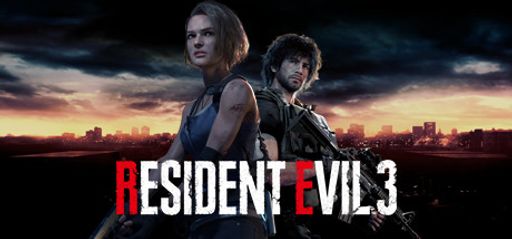I rolled into Raccoon City expecting the same creeping dread that made the RE2 remake a classic. For a while, RE3 delivered. The opening scene crackles with tension—burning streets, desperate survivors, and Nemesis’s first stomp. Capcom’s RE Engine paints decay in jaw-dropping detail, from ash-caked roads to flickering neon signs. Yet before long, that atmosphere fades into blockbuster set pieces and scripted boss fights. Slick and polished, yes—but sometimes overwhelming.
Overall Impressions
Resident Evil 3 begins as a survival horror dream: scarce ammo, shadowed streets, and the fear of “it” behind you. Then the game slams the gas. If you expected methodical exploration, prepare for shotgun blasts instead of silence. Jill’s new dodge move adds skill to combat, but the city’s pace feels like a theme park ride. Nemesis, once a constant threat, appears mainly in scripted fights. Exciting moments remain, yet tension fades too quickly.

Gameplay Mechanics
The dodge mechanic adds thrilling precision, rewarding players with a brief slow-motion window that feels like a victory moment. Gunplay delivers weighty impact, with every shotgun blast and magnum shot carrying satisfying force. Inventory management stays tight, pushing tough choices between ammo and healing items, restoring the classic tension that defines survival horror.
Nemesis encounters fall into repetitive dodge-and-shoot patterns, offering little creativity or puzzle-driven variety. Heavy reliance on scripted action—exploding vents, collapsing walls, and waves of U.B.C.S. soldiers—shifts the tone from survival horror to action spectacle. At times, the game feels more like an explosive blockbuster than a tense fight for survival.
Standout moment: The flooded subway cars. Rifles in hand, you wade through water up to your waist, searching for supplies while the water’s reflective sheen creates a hall-of-mirrors effect. It’s proof that, when Capcom dials back the fireworks, they can still craft nerve-shredding set pieces.
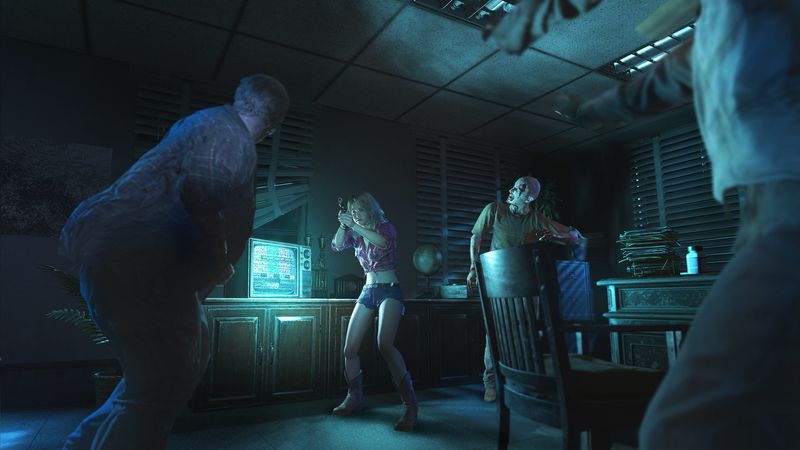
Story and Characters
Jill Valentine is as tough as ever—her quips land with a perfect half-smirk, and she never feels like a damsel in distress. Carlos Oliveira’s detour through the hospital adds variety, though it sometimes interrupts the flow rather than expands the stakes. The narrative hits all the classic RE beats—Umbrella’s cruelty, city-wide collapse, desperate rescue missions—but it never breaks new ground. Nicholai’s “villain monologues” could’ve been delivered by any generic ne’er-do-well, and the dialogue occasionally trips over its own urgency.
Still, I can’t argue with the world-building. Scrawled notes in darkened apartments, half-burned newspapers, and overheard radio dispatches paint the city’s final hours in tragic strokes. This is Umbrella at its worst, and you feel it every time you open a locker or pry open a safe.
Visuals and Graphics
Capcom’s RE Engine is in fine form. Textures are crisp enough to pick out each bullet dent on a zombie’s helmet. Lighting is used like a mood ring—bright emergency lights strobe panic, while long shadowed corridors suffocate hope. My one gripe: the jump from street to hospital feels more obvious than in RE2, with slightly uneven texture work in upper floors. Minor quibble, but when you’re lavishing praise on a game’s shine, the dull spots stick out.

Fun tidbit: According to producer Jun Takeuchi, Nemesis’s final form was modeled using a mock-up skeleton built in-house, then scanned and up-res’d to achieve those jagged, sinewy details. It took four months just to perfect those glowing red eyes.
Sound and Music
Bullets crack, distant screams echo, and that dreadful stomp remains one of horror gaming’s greatest heart-stop moments. The score leans heavy on strings and percussive hits, ratcheting tension in the early chapter. Later, it shifts to bombastic brass during action set pieces—serviceable, but it undercuts the game’s horror roots. Voice acting is strong. Every time Jill draws her pistol, she sounds like someone who’s seen more than her fair share of nightmare. Carlos’s baritone adds welcome grit, though supporting cast get lost in the din.
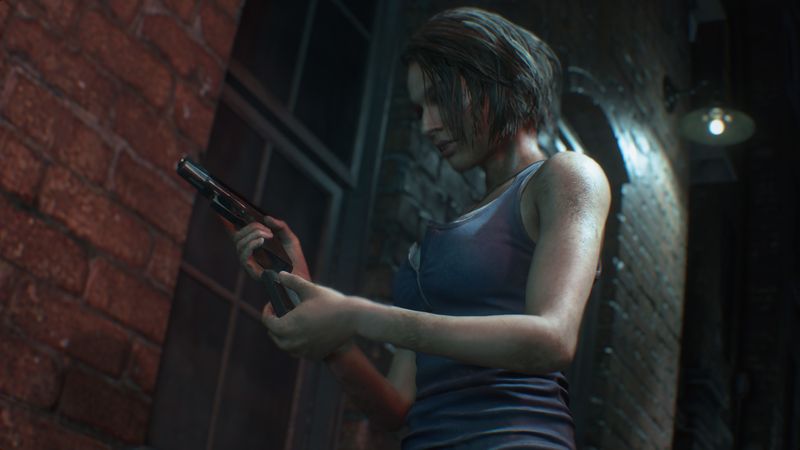
Difficulty and Replayability
On Normal, ammo feels scarce early on; by the halfway mark, you’ll be swimming in shotgun shells. Harder modes keep that early-game terror alive, and the optional Mercenaries-style “Resistance” multiplayer adds a neat one-versus-four twist. But the main campaign runs 5–6 hours—shorter if you’re speedrunning unlocked challenges. There’s no New Game Plus this time around (Capcom swapped it for a point shop unlocked by completing objectives). If you crave tight puzzle loops and creeping dread, you’ll likely return for that “Hardcore” run—but don’t expect a vast sandbox replay.
Final Thoughts
Resident Evil 3 is a mixed bag: a technical marvel with moments of genuine fear, tempered by an action focus that dilutes its horror. If you adore Jill Valentine’s snark and crave high-octane zombie blasting, this is a must-play. But if your heart beats fastest during silent hallways and starving fungus zombies, you might mourn the loss of creeping dread. Capcom’s remaster dazzles, but it occasionally forgets why you came.
Rating: 3.5 out of 5 stars
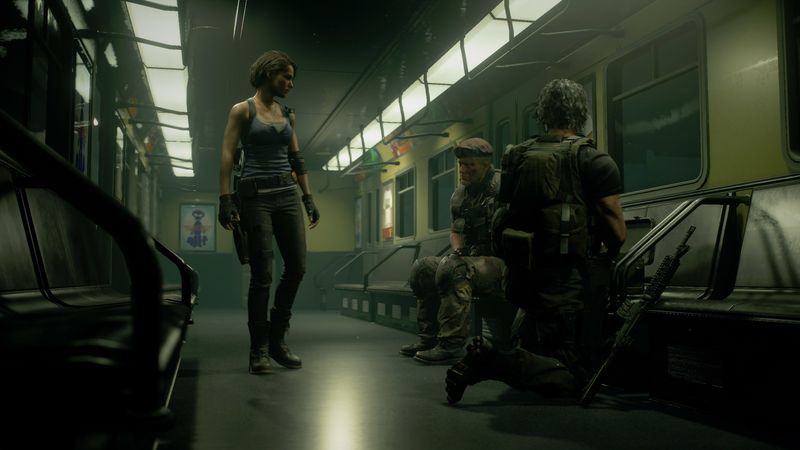
Pros
The game excels with its dodge-based combat, delivering precise, high-impact mechanics that keep encounters thrilling. Weapons feel powerful and responsive, from the crunch of shotgun blasts to the punch of heavy rounds. Stunning environmental detail and dynamic lighting immerse players in the atmosphere, while strong lead performances from Jill and Carlos add emotional weight and authenticity to the story.
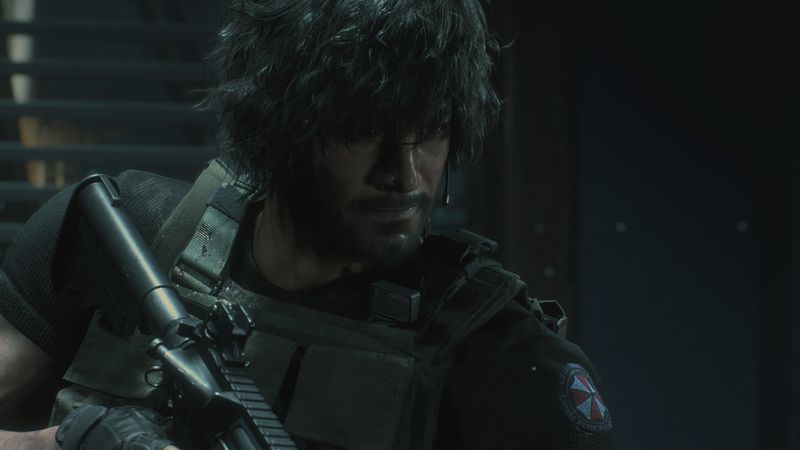
Cons
Despite its strengths, the experience falters with over-scripted Nemesis fights that lack variation and creativity. The action-heavy pacing often overshadows the core horror tension, shifting the tone closer to blockbuster spectacle than survival dread. A short main campaign and limited replay value leave players wanting more, reducing the lasting impact of an otherwise polished package.
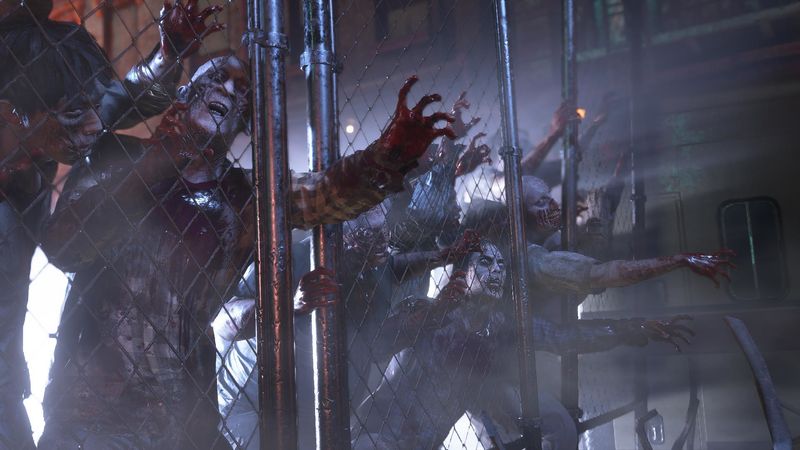
Trivia
The game’s environmental “ragdoll blood” effect was developed by Capcom’s new in-house physics team, allowing splatters to react dynamically to each weapon’s muzzle blast—no two headshots look quite the same.

